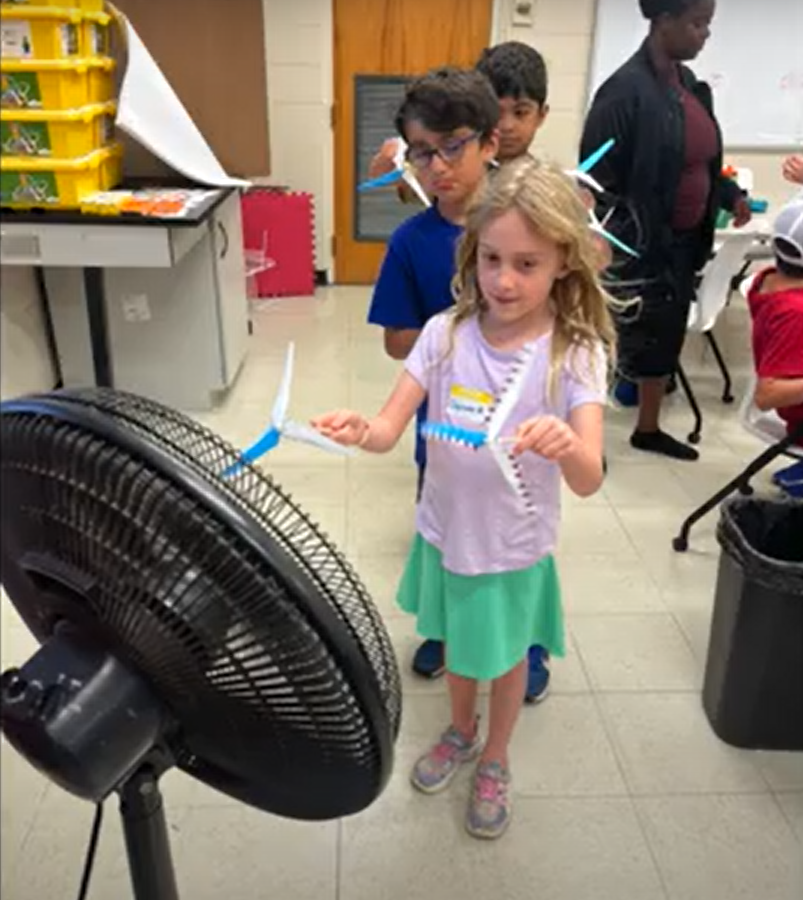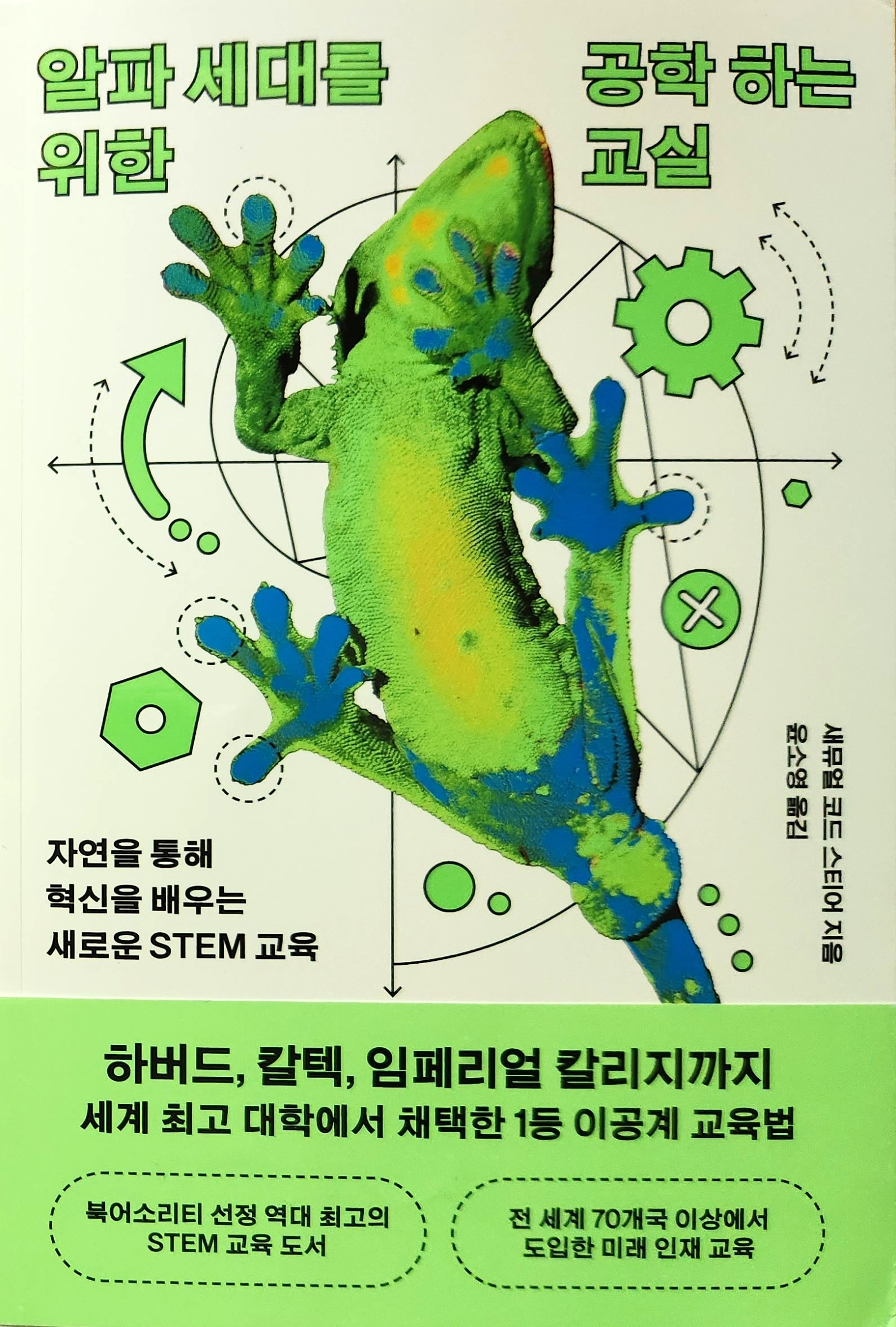The Center for Learning with Nature was asked to design Nature-inspired STEM activities for the Changemaker Camp at the University of Louisiana at Lafayette. CLN Director Sam Stier developed several activities, including making and testing humpback whale-inspired wind turbines, making rainbow-casting iridescent chocolate using bioinspired color, using time trials to test techniques inspired by cursorial animals (e.g., cheetahs, wolves) applied to human sprinting, and making and testing model boats fueled by pond beetle-inspired chemistry and physics.
Dr. Douglas Williams, who runs the camp and teaches in the education college at UL, said, “The lessons worked really well! The wind turbine and chocolate lessons were a huge hit.”

Students test traditional wind turbines against turbines inspired by the bumpy flippers of humpback whales.
“What you’re aiming for are activities that work in several ways,” says Stier. “They have to be engaging to students and teachers, of course, like moments when kids’ mouths drop open and they say ‘wow!’ but more importantly a steady kind of enchantment, where they are going through a transformative experience because of how they’re learning new, cool, important things.” Stier adds several other criteria well-designed activities have to simultaneously meet as well. Activities have to foster kids’ observations of how clever and well-designed Nature can be, and appreciation of how people can learn better techniques and technologies from the rest of Nature; activities have to support academic goals (e.g., STEM learning, incorporating language arts, NGSS standards); and activities have to work in the specific camp setting (age-appropriate, place-based, weather-flexible, indoors/outdoors, readily accessible materials, time constraints, etc.).
Asked about how he develops his activities, Stier explaines that he sometimes starts with a super fun and interesting hands-on activity, and then builds a Nature-inspired context around this. “Iridescent chocolate is a good example of this. The activity part has been around for a few years now, but what you don’t see is using the activity as a way to engage kids in an exploration of Nature’s use of structural color. Creating color without pigments or dyes is a big deal. Twenty percent of all water pollution comes from dyeing clothing, for example,” says Stier. “We know how to make colorful textiles without dyes, using structural color techniques. Do that and a major source of water pollution just goes away. Making iridescent chocolate is super cool and fun, of course, but it also fosters an important understanding and maybe even an aspiration in the next generation.”
Stier also explained that he sometimes starts with an amazing ability in the natural world, and tries to build an activity out of that. “Making the raw material for cement out of car exhaust is a good example of that approach,” says Stier, referring to the activity he designed called Brainy Coral or Concrete Without Quarries. “It’s a mind-blowing activity, and it all started with the fact that the stony corals make their hard exoskeletons out of carbon dioxide that ultimately is pulled out of the atmosphere, which they sequester into calcium carbonate, the same stuff we mine and cook in order to make cement.” Stier goes on: “It’s such an amazing ability that corals have, and it has inspired an entirely novel way to make cement and concrete that literally pulls CO2 out of the air and stores it — it’s carbon negative. This kind of thing is so important: making cement and concrete put more CO2 into the air and result in more mining than any other human industry. So the question is, can we bring this alternative, Nature-inspired tech into schools? Can we show the next generation what’s possible, in a practical, authentic, totally captivating and transformative way? And it turns out we can.”






